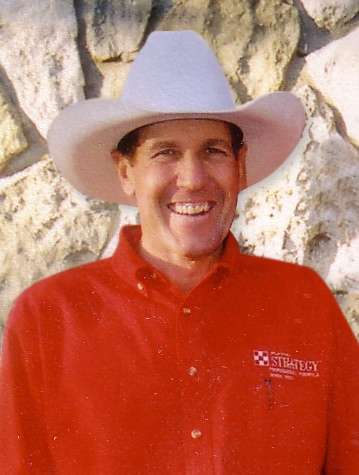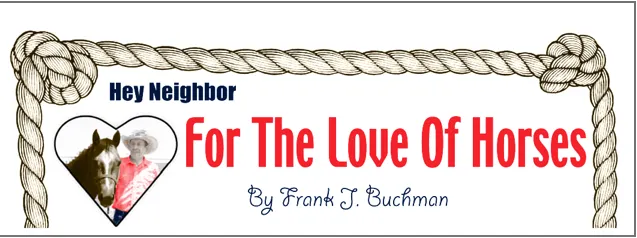Brutality Told Through Daughter Of Survivor P0W #1000
“Horrendous, incomprehensible, unimaginable, there are no sufficiently exclamatory words to atrociously describe the unbearableness of being a prisoner of war.”
Those who professionally report that brutal inhumaneness without exception have no true realization. Only those who survive the heartless cruelties, starvation, physical mental abuse, laborious slave conditions can tell how terrible it is.
They are a small percentage of the total experiencing the pain then, and forever after. Their closest friends, family, partners did not return, losing their lives in death marches and as prisoners of war (POW).
Still when the facts are remembered, re-lived, and revealed by those survivors, it’s completely impossible for today’s generations to understand. It is irresolvable for anybody to make a logical evaluation of the atrocities beyond belief, torture, murder, grisly reality.
That’s Janis Pardue Hill’s reason for compiling and editing the book “Telling His Story: POW #1000.” It’s her dad J.C. Pardue’s reflections of The Bataan Death March and Japanese POW Camps as he compiled them.
That was years and decades after his release as a POW still feeling the overwhelming traumas three-quarters of a century later.
Hill said: “The Bataan Death March is one of the most horrific mistreatments of prisoners and blatant war crimes in history of the world.
“Still most people even the highest educated do not know what happened in the Philippines after 1941 bombing of Pearl Harbor. Or the POW slave camps in Japan after the infamous march of death, 1942-1945.”
The Bataan Death March was the Japanese Army’s 65-miles forcible transfer of 75,000 American and Filipino prisoners of war. It began April 9, 1942, after the three-month Battle of Bataan in the Philippines during World War II,
Sources report widely differing prisoner of war casualties prior to reaching Camp O’Donnell from 5,000 to 18,000 Filipino deaths and 500 to 650 American deaths. If an American soldier was caught on the ground or fell, he would be instantly shot.
All the American soldiers who are known to have died or were killed now have a gravestone honoring them.
The march was characterized by severe physical abuse and wanton killings. After the war, the Japanese leaders were tried by United States for war crimes. They were sentenced to death on charges of failing to prevent their subordinates from committing war crimes.
“Not enough people are aware of the atrocities veterans suffered during the death marches,” author Hill said. “They witnessed the brutality of the Japanese guards who bayonetted, shot, beheaded, or buried alive any who fell.”
The memoir covers both J.C. Pardue’s entry into the U.S. Army Air Corps and his World War II experiences. The surrender of Bataan, as a slave in Japan, and a survivor determined to live a Christian life.
Prominent among Pardue’s memories was the miracle of his Bible. Surviving a direct fragmentation bomb, confiscation in the POW camp, disposal on an inhumane prison ship, his Bible always returned.
His most treasured possession, the Bible made it home to the states with him. J.C. Pardue POW #1000 attributed his survival to the faith acquired and absorbed from the weapon he considered the most valuable of all, his Bible.
“Dad’s faith is what saved him,” daughter-editor Hill said. “It gave him the hope and strength to go on living in POW camps, forced to work as a slave laborer.”
Janis Pardue Hill is a retired university professor and lifelong educator. Living in North Louisiana, Hill’s goal is to share her father’s story, honoring him, and educating readers.
Available in several forms on the internet, book information can also be obtained through Ashley Fletcher at Lavidge in Phoenix [email protected].
+++30+++





